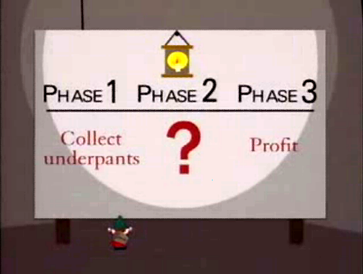Ok, let's play around with some numbers here. Let's take the STS ET and some SSMEs;
If we have a liftoff mass of 800 tons, we will need 6 SSMEs to accelerate the vehicle at roughly 4.17 m/s^2, 5 SSMEs to accelerate the vehicle off the pad at roughly 1.84 m/s^2. The Saturn V accelerated off the pad at ~2.2m/s^2.
Now onto mass: the ET has an empty mass of 26 500 kilograms. Let's say, the intertank has a mass of about 5400 kilograms, and that the engine support structure will have a similar mass.
An SSME is cited to mass 3177 kilograms. Five SSMEs mass 15 885 kilograms, six SSMEs mass 19 062 kilograms.
All together this is a mass of 50 962 kilograms, not including payload mounting structures and/or fairings.
We will assume that 2 000 kilograms of propellant remains in the tanks after reaching orbit.
Since ISP varies with altitude, we will assume (simplistically) that through 2000 m/s of dV the exhaust velocity is at 3600 m/s (sea-level value), and through 8000 m/s of dV, the exhaust velocity is at 4350 m/s (almost 100 m/s lower than the vacuum rating of the SSME).
Based roughly on these figures, it seems that the vehicle would use under 532 tons of its propellant to get to orbit without payload.
Working backwards using these figures and assuming a total (used) propellant figure of 730 tons, we can figure out that the vehicle can put maybe 20 tons tons of payload into LEO.
This is disregarding things like fairings and payload attachments.
Now, do you really want whole huge ET-based launcher just for launching a measly 20 tons? In practice, less than 20 tons?
If we assume that the modified ET costs $60 million and each SSME costs $50 million, we get a cost to LEO of $18 000 per kilogram, which is far from the oft-repeated $100/kg figure. This is considering hardware cost only, and neglecting launch-related and other costs.
And there is no ability to make this vehicle reusable, of course. Already adding such simple systems as a fairing would cut into the payload figure severely, adding a TPS, parachutes, and some sort of landing system would obliterate it entirely if not make the vehicle outright incapable of attaining orbit.
Six SSMEs running at 67% will accelerate the vehicle at nearly 13 Gs just before cutoff. Three SSMEs running at 67% will accelerate the vehicle at 'only' 6 Gs just before MECO, and only two SSMEs still operating will still accelerate the vehicle at over 4G. To get under 3G, you will have to shut down all but one engine, meaning that the other five engines will be nearly 16 tons of parasitic mass.
At this rate, it would likely be more efficient both physically and financially to design a breakaway ring of expendable RS-68-like engines, and turn the vehicle into a 1.5 stager.
On the other hand, one could argue that the ET is pretty unoptimised for the task, and a propellant tank that uses shared bulkheads for example, and a semi-pressure-supported structure (like the Falcon propellant tanks) would be better. This would likely improve the associated problems, but not get rid of them entirely.
I'm sure I'm missing something, somewhere. Please feel free to criticise, comment on, and test my ideas.


